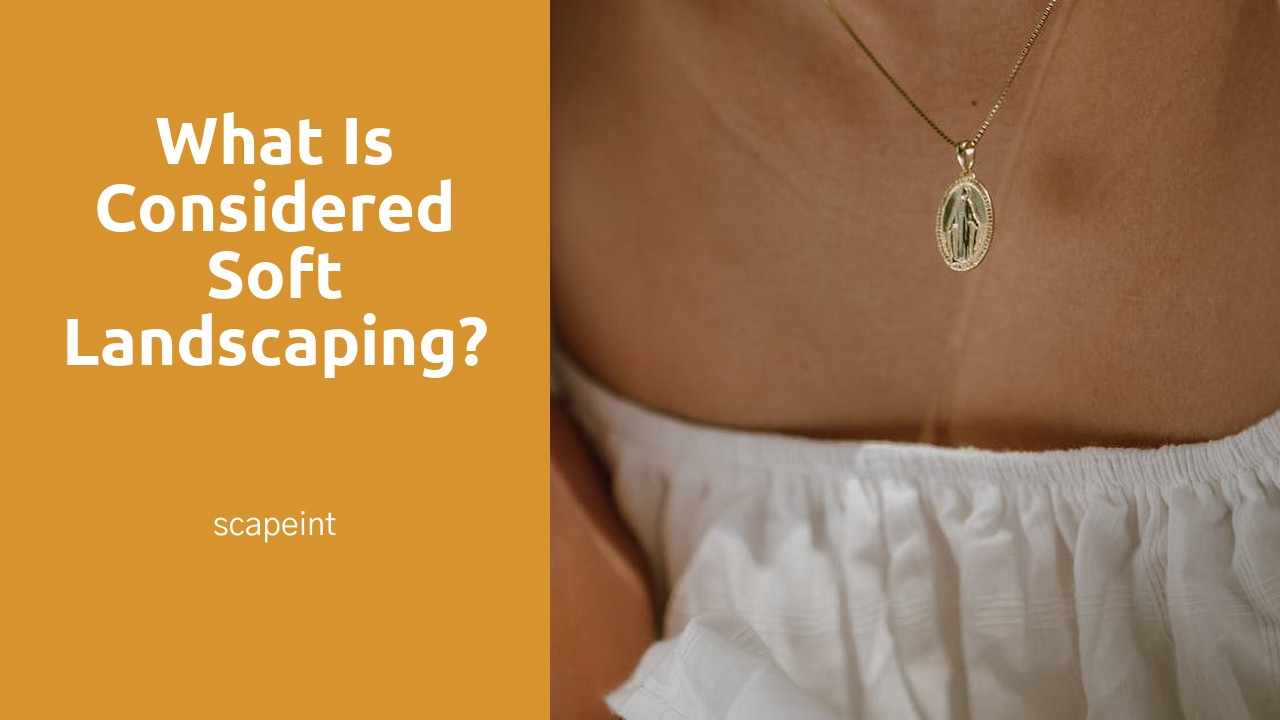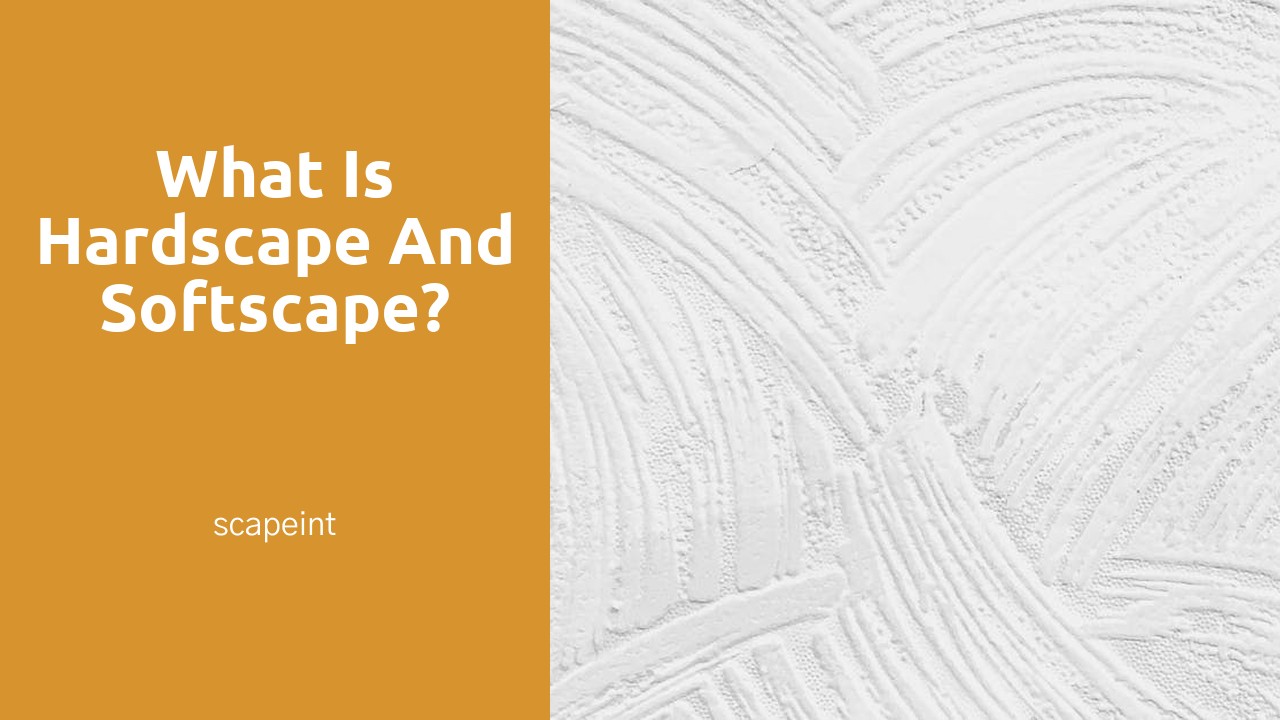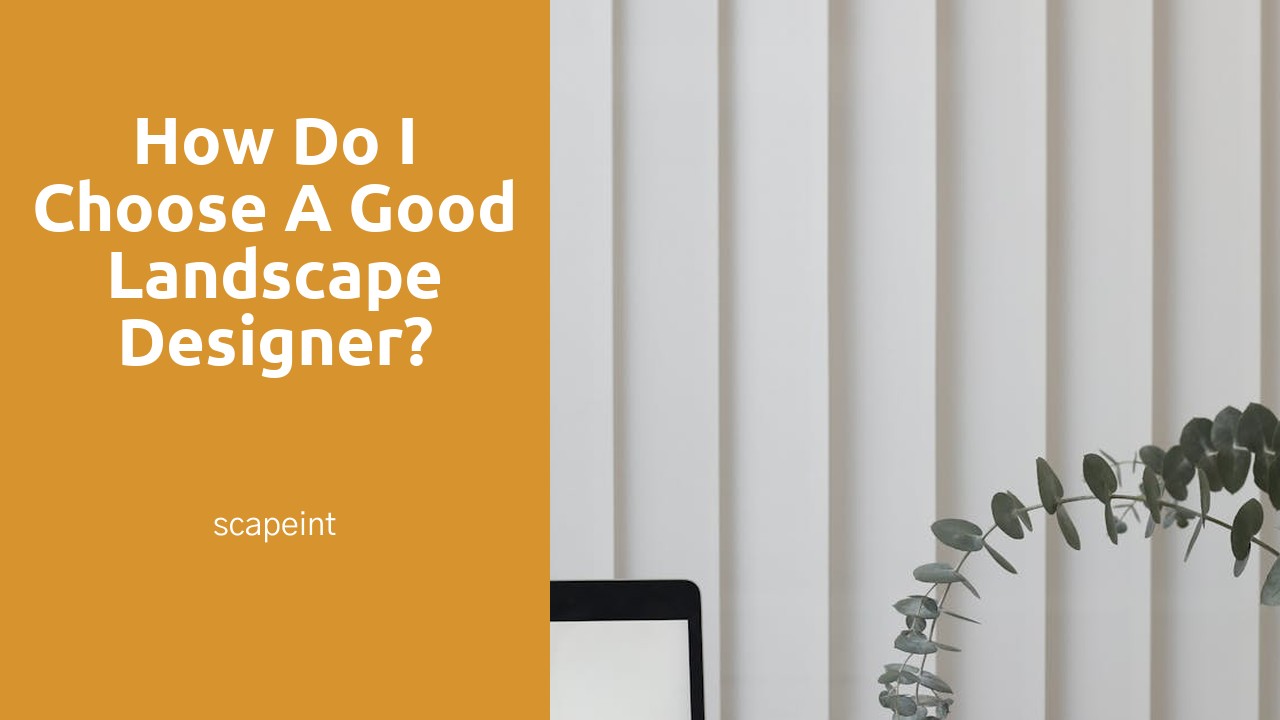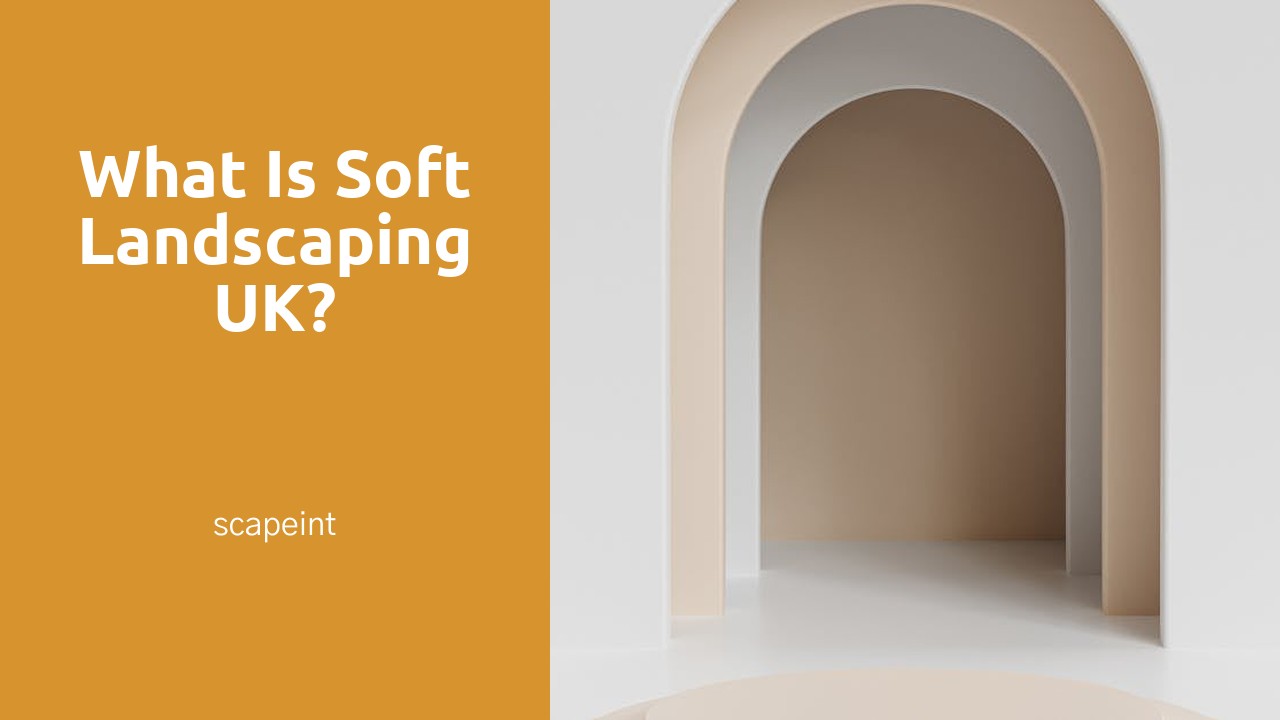
Table Of Contents
Soft Landscaping Maintenance
Soft landscaping maintenance is a crucial aspect of preserving the beauty and health of outdoor spaces. Regular care and attention to plants, flowers, and trees can help ensure a vibrant and thriving garden. In Hardscape Design in Belleville, maintenance tasks such as weeding, mulching, and fertilizing are essential to promote healthy growth and prevent unwanted pests from damaging the greenery.
In addition to routine upkeep, watering and pruning are key components of soft landscaping maintenance. Proper watering ensures that plants receive an adequate amount of moisture, while pruning helps to shape and control growth. By following these simple yet effective tips, homeowners can maintain a lush and inviting outdoor environment that enhances the overall appeal of their property.
Watering and Pruning Tips
Watering and pruning are essential tasks in maintaining the health and aesthetics of soft landscaping elements. It is crucial to water plants deeply and infrequently to encourage strong root growth and drought resistance. Watering in the early morning or late evening helps reduce water loss due to evaporation and ensures maximum absorption by plants. Monitoring the condition of the soil and adjusting the watering schedule accordingly is key to preventing over or under-watering. Implementing a drip irrigation system can provide a more efficient and consistent way of supplying water to plants, especially in larger landscaped areas.
Pruning plays a significant role in promoting plant growth, flower production, and overall plant health. Regular pruning removes dead or diseased branches, enhancing air circulation and light penetration within the plant canopy. It is essential to use sharp, clean tools to make precise cuts and minimize the risk of introducing infections. Understanding the specific pruning requirements of different plants is crucial to avoid damaging them. Additionally, considering the seasonal variations and growth patterns of the plants will help in determining the appropriate timing and extent of pruning to maintain the beauty and vitality of soft landscaping elements. Incorporating these watering and pruning tips will ensure the longevity and vibrancy of soft landscaping elements in Hardscape Design in Halton Hills.
Soft Landscaping Trends
Soft landscaping trends continue to evolve with a strong focus on sustainability and eco-friendly practices. Incorporating native plants, xeriscaping techniques, and water-wise landscaping are gaining popularity among landscape designers and homeowners alike. These practices not only help reduce water usage but also promote biodiversity and create low-maintenance green spaces. Implementing sustainable soft landscaping practices complements the surrounding environment while reducing the carbon footprint of outdoor spaces.
The blend of soft landscaping with hardscape design in Bowmanville is a growing trend that adds depth and character to outdoor areas. Integrating elements like natural stone pathways, retaining walls with creeping plants, and grassy knolls amidst plant beds creates a harmonious balance between soft and hard landscaping features. This trend not only enhances the aesthetic appeal of outdoor spaces but also provides functionality and durability, ensuring a well-rounded outdoor living experience.
Sustainable Practices
Sustainable practices in soft landscaping are becoming increasingly popular among homeowners and businesses alike. By incorporating eco-friendly elements into their outdoor spaces, individuals are not only reducing their environmental impact but also creating beautiful and functional landscapes. From using native plants that require less water and maintenance to implementing rainwater harvesting systems, there are various ways to promote sustainability in landscaping.
In the Halton Region, more and more landscaping professionals are focusing on sustainable practices to enhance the beauty of outdoor spaces while preserving the environment. By blending soft landscaping with eco-conscious hardscape design in Halton Region, experts are able to create sustainable outdoor environments that benefit both the ecosystem and the community. This approach not only helps in conserving water and reducing waste but also adds a unique aesthetic appeal to urban and suburban landscapes.
Soft Landscaping for Urban Spaces
Soft landscaping for urban spaces is a growing trend in city planning, aiming to bring greenery and natural elements into densely populated areas. Vertical gardens and green roofs are popular choices in urban landscaping, allowing for plants to thrive in limited spaces while providing numerous environmental benefits. These living structures not only enhance the aesthetic appeal of urban spaces but also help in purifying the air, reducing the urban heat island effect, and providing insulation to buildings. Incorporating soft landscaping elements in urban design can create more sustainable and visually appealing environments for residents and visitors alike.
When implementing soft landscaping in urban areas, it is essential to consider the balance between greenery and hardscape elements. Integrating hardscape design in North York with soft landscaping features, such as planters, trees, and green walls, can create a harmonious and inviting atmosphere in urban spaces. By carefully selecting plants that are well-suited to the local climate and ensuring proper maintenance, urban landscapes can thrive and contribute to a healthier and more vibrant city environment. Efforts to incorporate soft landscaping in urban spaces not only offer aesthetic benefits but also promote biodiversity and improve the overall quality of life for urban dwellers.
Vertical Gardens and Green Roofs
Vertical gardens and green roofs are becoming increasingly popular in urban spaces, offering a creative solution to limited landscape area. These innovative designs not only add a touch of greenery to concrete jungles but also provide numerous environmental benefits. Green roofs, in particular, help to regulate temperature, reduce energy consumption, and improve air quality in densely populated areas. On the other hand, vertical gardens create stunning visual impact and can even improve mental well-being by bringing nature closer to city dwellers.
In Hardscape Design in Halton Region, incorporating vertical gardens and green roofs can be a game-changer. These elements not only enhance the aesthetic appeal of outdoor spaces but also contribute to sustainability efforts. By utilizing vertical surfaces for planting and implementing green roofs in urban projects, designers in Halton Region can create functional and visually appealing landscapes that benefit both the environment and the community.
FAQS
What is soft landscaping?
Soft landscaping refers to the living elements in a landscape design, such as plants, trees, grass, and flowers.
How is soft landscaping different from hard landscaping?
Hard landscaping involves non-living elements like stones, bricks, and concrete, whereas soft landscaping focuses on natural elements like vegetation.
What are some benefits of incorporating soft landscaping in a design?
Soft landscaping can improve air quality, provide habitat for wildlife, reduce noise pollution, and enhance the overall aesthetics of a space.
How can I maintain soft landscaping in my garden?
Regular watering, pruning, fertilizing, and weeding are essential tasks to keep your soft landscaping healthy and thriving.
Are there any sustainable practices I can follow for soft landscaping?
Yes, you can incorporate practices like rainwater harvesting, using native plants, composting, and mulching to make your soft landscaping more sustainable.






